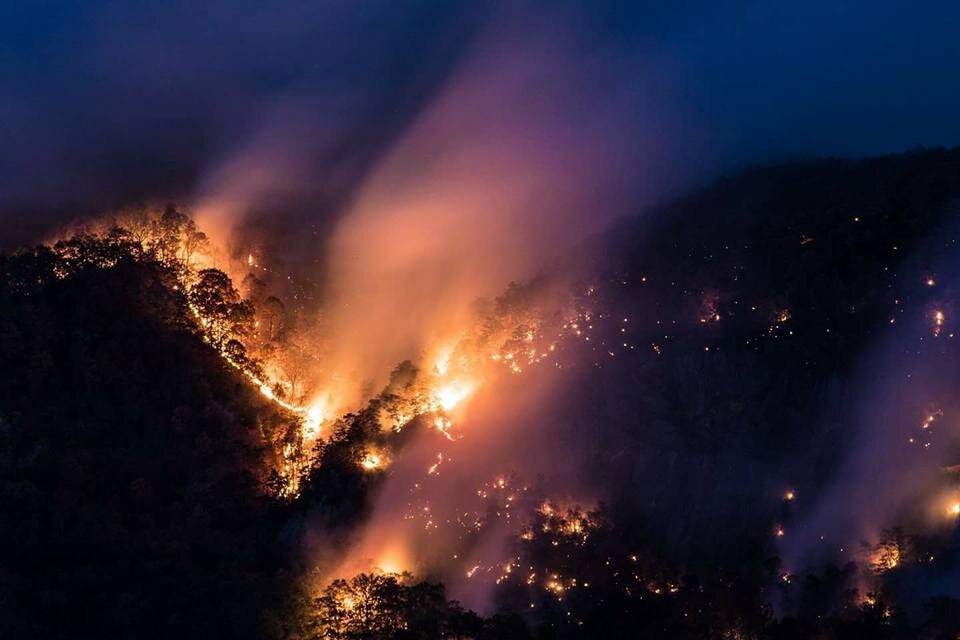Forests and Wildfire: Five Essential Facts
We can’t log our way out of wildfires, but we can adopt smart, strategic wildfire policies, better building and zoning, and immediate climate action.
logging makes wildfires worse.
Burn severity tends to be highest in areas with more logging, according to this 2016 study. And logging ultimately increases fire risk as this study concludes. Logging removes large, fire-resistant trees and generates combustible logging slash debris, which increases fire severity.
Even if we cut down all of our forests, they would quickly begin growing back to create even more of a fire hazard. Logged sites are filled with dried-out debris and higher winds that are far more flammable than older, mature forests.
In addition, most of the recent wildfires in California burned grass and chapparal landscapes, not forests.
Prescribed burns, targeted forest thinning, and emergency firebreaks are effective strategies to protect communities and residences, but large-scale logging only makes wildfires worse.
older forests are better for controlling wildfires.
Older forests contain more mature fir-resistant trees, and more moisture is stored in its soils and understory. Mature forests also reduce wind speeds—one of the biggest culprits of catastrophic wildfire. Older forests are also far less susceptible to drought. Wetter, more fire-resistant forests come with age, and more mature, intact forests may be one of our best natural lines of defense.
more logging can actually make wildfires burn hotter and faster.
Logging operations can actually increase the rate of speed at which fire moves across an area. Opening the canopy dries out the forest floor and increases wind speeds, both of which accelerate fire. Logging also leaves behind a tinder-filled landscape of tree remnants that is even drier and more flammable in the absence of a forest canopy. In addition, logging often results in the spread of more combustible invasive species like cheatgrass, an opportunistic invasive that thrives in disturbed areas and is near-impossible to eradicate.
forests need fire.
Fire is a natural part of the forest landscape. The recent catastrophic wildfires are a result of decades of ill-informed fire suppression coupled with the impacts of climate change. However, occasional wildfires are natural and necessary for many tree species and the health of forests. Certain beetles breed only in the heat of fires, and several species of pine trees can only germinate with periodical fires. Fires also restore forest soils and naturally clear out dense undergrowth.
Decades of fire suppression have led to the conditions we are experiencing today. A smarter approach is to fire-proof homes and communities already in the wildland-urban interface and avoid future development in fire corridors where wind-driven fires have burned historically or are likely to burn due to topography.
addressing climate change is key.
As the climate has become hotter and drier in the last four decades, wildfires in the U.S. have increased in size by 500 percent, and the length of wildfire season in the U.S. has increased by almost 20%, according to this 2019 study. Climate change produces conditions that exacerbate fires, including drought, high temperatures, low humidity, and high winds. The increasing number and severity of wildfires around the world, from the Arctic to Australia, is directly linked to climate change.
